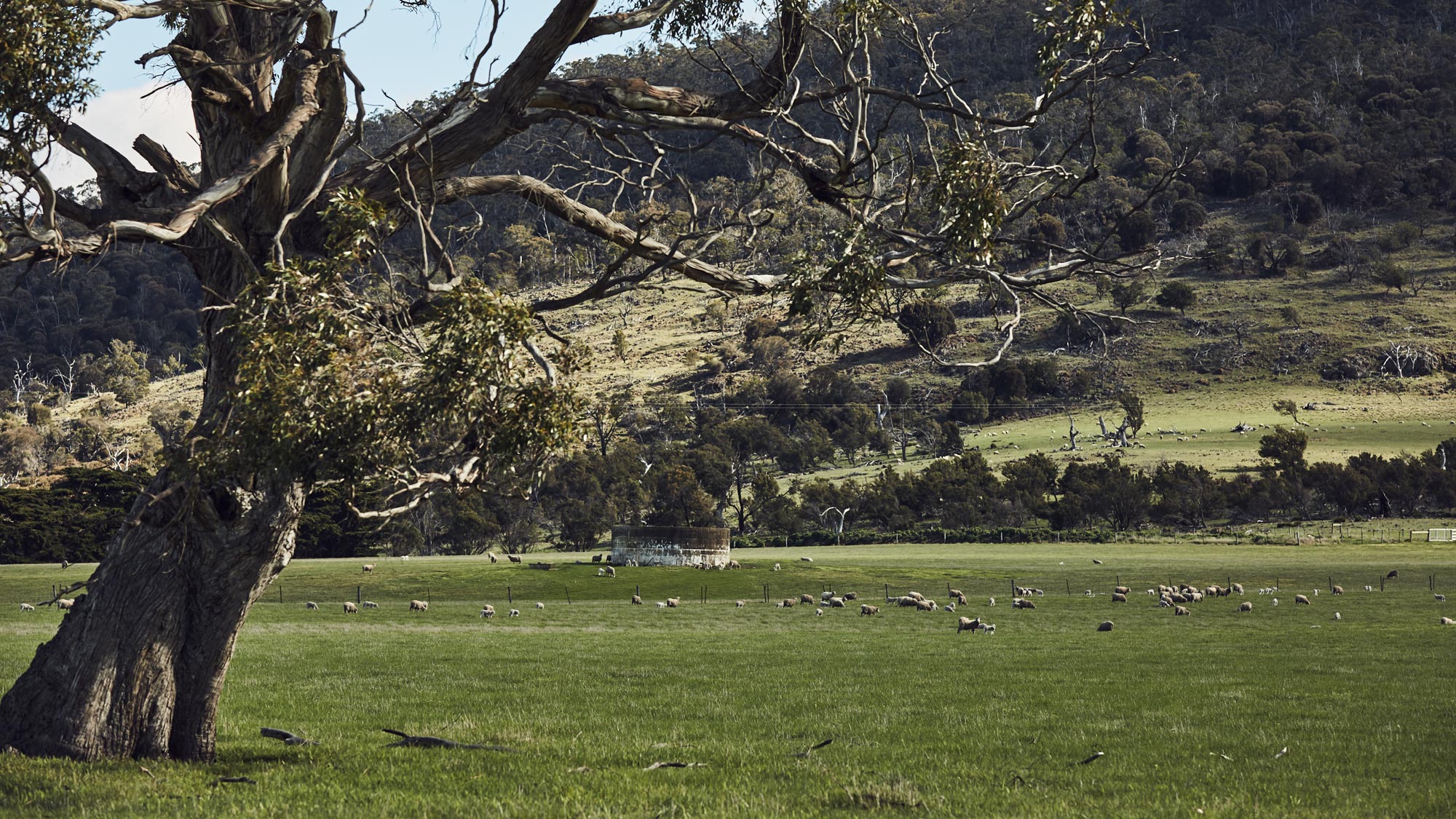Tool 5.7 Fox control options
Tool 5.7 Fox control options
A brief analysis of the range of fox control options:
| Control option | When best to use | Advantages | Disadvantages |
| Aerial 1080 baiting | Recommended for large, sparsely populated areas that are remotely located and inaccessible by vehicles. | - Lethal baiting is considered to be the most effective method currently available. - Foxes are amongst the most sensitive species to the effects of 1080. - Cost effective over large areas. |
- Risk to non-target species. - No way to assess number of baits taken. - Risk to trappers' dogs. - Foxes tend to be bait shy. - Not suited near urban/ residential areas. |
| Ground baiting with 1080 or PAPP poison | Ground baiting is the preferred method on rural properties or national parks and forestry estates that are accessible by road. | - Lethal baiting is considered to be the most effective method currently available. - Foxes are amongst the most sensitive species to the effects of 1080. - Cost effective over large areas. - Bait takes can be monitored if placed at marked or know locations. - Untaken baits and fox carcasses can be collected. |
- Risk to non-target species, including farm dogs. - Use muzzles on working dogs or leave them at home when checking baits. - Not suited near urban/residential areas. |
| Canid Pest Ejectors (CPEs) using 1080 or PAPP capsules | At baiting times | - Poison capsules are sealed and protected from the weather meaning the toxin remains viable until the CPE is activated by a wild dog or fox. - Eliminates risk for many smaller non-target species. - Less risk to working dogs as they can’t be shifted. - Device can be disarmed and removed during the day when using working dogs. |
- Risk to farm dogs. - Use muzzles on working dogs or leave them at home when checking baits. |
| Den fumigation with CO2 | Fumigation should be carried out only when active dens containing young cubs more than 4 weeks old can be located. This will usually be around August to October. |
- Best suited to localised fox problems such as active dens within lambing paddocks or near poultry. - Relatively humane. - Little risk to non-target species. - Not affected by weather conditions. |
- Time-consuming and labour intensive. - Inefficient method for large-scale fox control. - Very young foxes are relatively resistant to elevated CO2 levels. - CO2 is highly toxic to humans. |
| Shooting | Shooting is often used prior to lambing season and as an adjunct to other control methods. | - Good supplement to other control measures. - Suitable when fox numbers don't justify a more comprehensive approach. - Little risk to non-target species. |
- Labour intensive – skilled operators with the appropriate licences are needed. - Not suited for large scale fox control. - Not suitable for areas of dense scrub or near urban areas. |
| Trapping (soft jaw traps or cage traps) | Where poison baiting is unacceptable and other methods cannot be used, e.g., semi-rural and urban/residential areas. | Useful for the control of nuisance animals. Non-target species can be easily released. |
Not effective as a general fox control method on farm. Time consuming and labour intensive. |
Purchase 1080 (sodium fluoroacetate) and other pest animal baits from the following state agencies and organisations:
- New South Wales: Pest control baits to assist in the management of animal pests are available for purchase through NSW Local Land Services.
- Queensland: Pest control baits to assist in the management of animal pests can be obtained from local governments after seeking a permit to use from Queensland Health.
- South Australia: Regional NRM Board officers are authorised to supply poisoned bait in appropriate situations.
- Tasmania: Contact Department of Natural Resources and Environment Tasmania for advice on wild dog baiting.
- Victoria: Bait users in Victoria can purchase 1080 bait products from accredited retailers or authorised licensed pest control operators. To purchase 1080 pest animal baits, you are required to complete a 1080 training course. Contact Agriculture Victoria for more information.
- Western Australia: Trained landholders can purchase bait products containing 1080 after they have obtained baiting approval from an authorised officer of the Department of Primary Industries and Regional Development (DPIRD).
State-specific resources on fox control regulations and adaptation options for sheep producers.
State-specific resources on fox control regulations and adaptation options for sheep producers.
State-specific resources on fox control regulations and adaptation options for sheep producers.
State-specific resources on fox control regulations and adaptation options for sheep producers.
Offers state-specific resources on fox control regulations and adaptation options for sheep producers.
Offers state-specific resources on fox control regulations and adaptation options for sheep producers.
Provides information and guidance on best-practice invasive animal management on several key vertebrate pest species, including foxes. Information is provided as fact sheets, case-studies, technical manuals and research reports.






